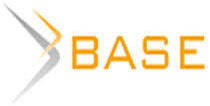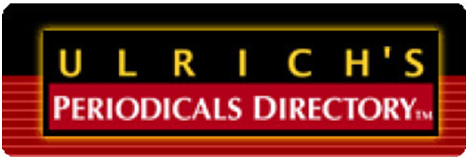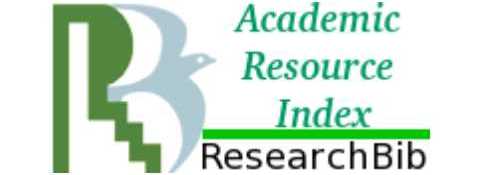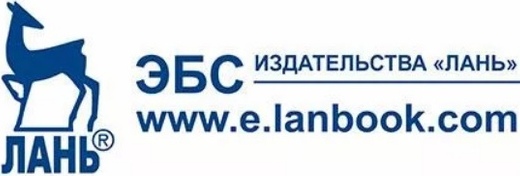Research into demand and consumer expectations in the sphere of tourism in Mangystau oblast
Mangystau oblast’ of Western Kazakhstan plays an important role in the development of international relations. It affects various sectors of the national economy, including the industry of hospitality and tourism. An analysis of tourist flows into Mangystau oblast’ shows that it remains not enough attractive for foreign tourists. Possessing uniqueness, the tourism product is not enough competitive and loses to foreign counterparts in terms of availability, the level of service and price of tourism services. Identifying opportunities for development of tourism involves a deep understanding of what needs and values tourists have, and how to improve their satisfaction and loyalty. The task of studying the needs of different segments of consumers have high relevance for creating popular tourism products and identifying the optimal trajectory of hospitality and tourism development. The purpose of the research is determination of the personal preferences of tourists, their level of knowledge about local attractions and possible attractors, important accompanying services for them during traveling in Mangystau oblast’. For implementation of the tasks, a marketing research was carried out in the form of an anonymous survey of real and potential tourists in the Mangystau oblast’ using the online questionnaire in the Google Forms program based on a specially designed questionnaire. The questionnaire contains 16 questions. The sample type – “snowball”. The survey method – a questionnaire survey. The survey of respondents aged 18 to 60 years was conducted, and the following results were obtained: the most attractive places of interest include the Beket-Ata and Shopan-Ata mosques, Sherkala mountain and the Kenderli region (The Caspian Sea); the preferred period of stay of tourists is from 7 to 14 days; from respondent’s point of view, the most comfortable accommodation in order of importance include: hotels, guest houses, tourist bases; a serious problem hampering the development of tourism is the lack of necessary tourism information and the remoteness of tourism attractors from tourist’s accommodation areas.
Smykova M. R., Plokhikh R. V., Nikiforova N. V. (2019). Research of state for consumer’s demand and expectations in tourism sphere of the Mangystau oblast’. Research Result. Business and Service Technologies, 5(2), 46-59
















While nobody left any comments to this publication.
You can be first.
Becerra, M., Santalo, J. and Silva, R. (2013), Being better vs. being different: Differentiation, competition, and pricing strategies in the Spanish hotel industry, Tourism Management, Vol. 34, рр. 71–79.
Hsu, Yu-Lun (2012), Facebook as international e Marketing strategy of Taiwan hotels, International journal of hospitality management, Vol. 31, Is. 3, рр. 972–980.
Imangulova, T. V. and Prokofieva, M. A. (2016), Attractors and cultural heritage of UNESCO in Kazakhstan, International Journal of Applied and Basic Research, 8–3, pp. 431–435.
Khetagurova, V.Sh. (2017), We are opening Central Asia: prospects for tourism development along the Great Silk Road paths, Service in Russia and abroad, Vol. 11, 6 (76), pp. 15–31.
Kotler P., Bowen J. T., and Baloglu S. (2008), Marketing of hospitality and tourism. M., UNITY, 560 p.
Lennon, D. D., Smith, H., Cockerell, N. and Trew, J. (2008), Benchmarking National Tourism Organizations and Agencies: Understanding Best Practice. M.: IDT Group, 117 p.
Main indicators for 2003–2017: hotel occupancy (percentage) [Online], Official website of the Committee on Statistics: official statistical information, operational data (express information, bulletins), tourism, 2018. available at: http: / /stat.gov.kz/ (access date: 05.12.2018).
Martin, D. and Isozaki, M. (2013), Hotel marketing strategies in turbulent times: Path analysis of strategic decisions, Journal of business research, Vol. 66, Is. 9, рр. 1544–1549.
Monavari, S. M., Khorasani, N. and Mirsaeed, S.S.G. (2013), Delphi-Based Strategic Planning for Tourism Management – a Case Study, Polish journal of environmental studies, Vol. 22, Is. 2, рр. 465–473.
Raimbekov, J. S. and Bukenova, J. A. (2017), Main aspects and prospects for tourism development in Kazakhstan market, Modern economy: current issues, achievements and innovations: proceedings of the XI international scientific and practical conference, November 25, 2017 (Penza). Penza: Science and Education ICSN, pp. 33–36.
Ropero, M. A. (2011), Dynamic pricing policies of hotel establishments in an online travel agency, Tourism Economics, Vol. 17, Is. 5, рр. 1087–1102.
Rozanova, T. P., Murtuzaliyeva, T. V. and Tarasenko, E. V. (2017), Marketing of hospitality and tourism services. M., Dashkov and K°, 166 p.
Smagulov, D. K. and Fleck, A. A. (2016), Trends in the Development of International Tourism in the Republic of Kazakhstan, Innovation Science in the Globalizing World, 1, pp. 89–91.
Sexton, D. (2011), Trump University. Marketing, trans. from English P.A. Samsonov. Minsk, Potpourri, 496 p.
Smykova, M., Mutalieva, L. and Baitenova, L. (2012), Evaluation of strategic economic zones for tourism development in Kazakhstan, Thomson Reuters Web of Knowledge, Scopus. Actual Problems of Economics, 136(10), рр. 508–517.
Tavitiyaman, P.,Qu, H. and Zhang, H. (2013), The impact of industry force factors on resource competitive strategies and hotel performance, International journal of hospitality management, Vol. 30, Is. 3, рр. 648–657.
The system plan for development of Kenderli resort area, Astana, KIRI, 2012, 365 p.
Tourism global prognosis until 2020 and next period. World as a whole, UNWTO (2004), trans. from English. SPb., Peter, 385 p.
Work option: a systematic plan for tourism development in Kazakhstan. Astana: KIRI, 2012, 294 p.
Yankevich, V. S. Marketing in the hotel industry and tourism: Russian and international experience, M., Finance and Statistics, 2014, 415 p.